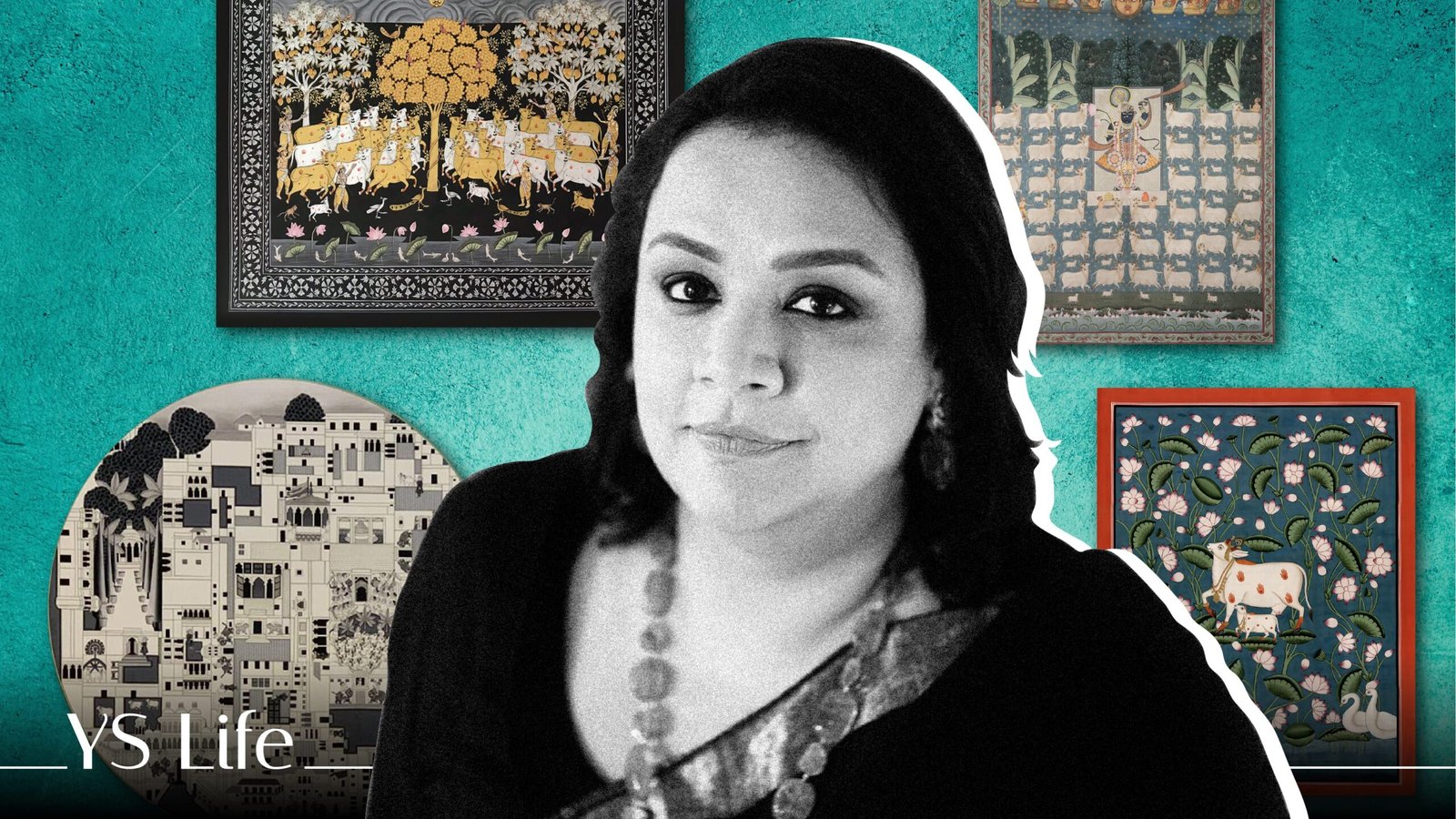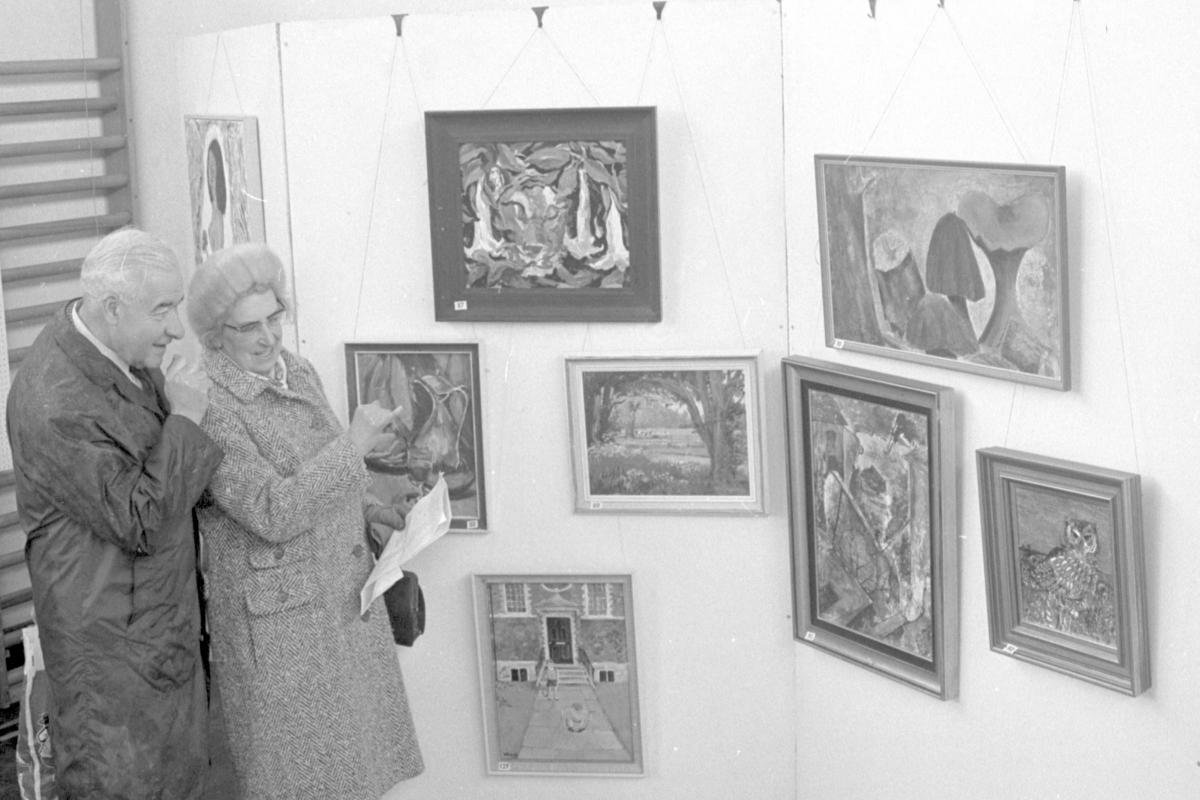In 2020, the Union government introduced three farm laws which were perceived by millions of farmers around the country as being biased towards big business and detrimental to their own interests. Soon, protests began to be staged all around, even during the pandemic, with a special intensity in the National Capital Region, where farmers from Punjab held a sit-down until the laws were repealed in 2021. Photographer Gauri Gill spent all of 2021 documenting this showdown by the Punjab farmers on the highways leading into Delhi.
Unheeding of the elements, changing seasons, outbreak of disease and, of course, the iron hand of the state bent on suppressing dissent, hundreds of men, women and children of all ages pitched camp outdoors for over a year. This unique language of rebellion, charged with an unwavering spirit of community feeling, set a benchmark for civil opposition in modern India. Using tractors, tarpaulin sheets, and makeshift bits and bobs, the farmers built what architect Prasad Shetty describes as a “full-fledged proto-settlement” in an essay accompanying Gill’s exhibition, The Village on the Highway, currently on display at Vadehra Art Gallery in Delhi.
Taken with a large analogue camera, these photographs capture the material reality of the protests, with green and yellow sheets of plastic forming provisional shelters, homes built out of stationary trucks, with pieces of tin, wood, thatch and other fragments coming together to literally create “a village on the highway,” as the title puts it.
Also read: Book review: Zahid Rafiq’s debut captures Kashmir’s invisible trauma
Except for the profile of a man lying, turned away from the camera, there are no human presences in the photographs, ostensibly to protect the identities of the protestors, which creates the aura of a ghost town. This clever compositional tactic also becomes an elegy to the fragility of public memory—the inevitable amnesia and erasure into which even successful models of resistance, staged for the greater common good, are swallowed up with time.
Gill’s photographs, haunted by the absent farmers who put themselves in line for collective justice, assume a special resonance inside the white cube of the gallery. By bringing mementos from the protest site—bamboo partitions, plastic sheets, plywood boards—she disturbs the pristine space. The gallery is, by its very nature, an elite construct, meant to display and protect art, treating them as rarefied objects of admiration and value. To bring the ragged edges of the external world, the refuse and jilted squalour of life into this space, is to subvert and rewrite the rules by which art is accessed and experienced.

View Full Image
While it’s impossible to recreate the urgency and livewire energy of the protests inside the sanitised interiors of a south Delhi gallery, Gill pushes the viewer to not only look at the photographs on the wall, but also to pay attention to the paraphernalia all around. She memorialises the relics that had played as critical a role in the battle for rights as the humans who fought the good fight.
Also read: ‘Cities: Built, Broken’: A magnificent solo of Sudhir Patwardhan’s recent work
A year is a long time to be away from home, to be uprooted from the land that has been nurturing generations, and pitch tent on the metalled roads leading into an indifferent metropolis. And yet, as the photographs show—with clothes hanging on lines, makeshift air coolers and standing fans, scattered pot and pans, and even a patch of vegetable garden sprouting around the settlement—it isn’t impossible to build a home away from home, among comrades united by a common cause. Gill’s photos remain memorable for their ability to capture this frisson of solidarity, carrying it into lives that are far removed from those of these crusaders for justice.
On view at Vadehra Art Gallery till 4 March







